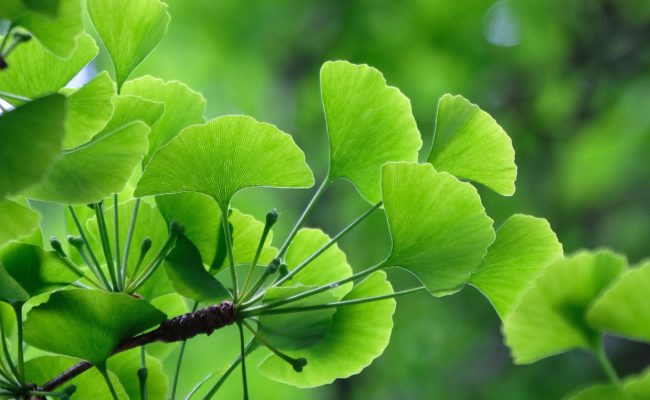In previous articles in the Des notes pleines d’images series, we discussed descriptive music in vocal works, opera and film. But what happens when there’s no text, no images, no singer and no actor?
Music becomes pure narrative, freeing itself from traditional forms to invent a new way of telling stories: the symphonic poem, one of the pinnacles of descriptive music. No words. No explicit narrative. And yet, it’s all there: the mystery, the action, the characters, the emotions. It’s all in the music! It’s all in the orchestra, which explains nothing but suggests everything: landscapes, characters, emotions, twists and turns. No need for words, everything is contained in the timbres, themes and contrasts.
In the 19th century, this orchestral genre, inspired by an extramusical idea such as a poem, painting, philosophical idea or landscape description, follows the thread of an imaginary narrative, which each listener reconstructs as he or she listens.
It was Liszt who forged this genre. But he was followed by Berlioz, Smetana, Richard Strauss, Debussy, Sibelius… All exploring the infinite possibilities of a music that sees without showing, that says without speaking.
Take Smetana’s Moldau, for example, which depicts the course of the Moldau River. First, two small springs are gently born in the ropes. Then the flow grows, widens and becomes a majestic river. We pass through villages, forests and waterfalls. In the end, its waters flow into the Elbe, where they join the sea. Close your eyes, and you’ll see the landscape!
Or Richard Strauss’s Ainsi parlait Zarathoustra, whose introduction was made famous by the credits of Stanley Kubrick’s cult film 2001, l’Odyssée de l’espace: a monumental sunrise, a metaphysical quest inspired by Nietzsche, a whole philosophy expressed through music.
The symphonic poem is music made to tell stories. And among all the subjects these symphonic poems tackle, one recurs time and again: nature. Wind, water, birds, mountains… Composers have always wanted to translate the natural world into sound. And sometimes, they succeed with a striking power of evocation. Find out more in the next and final article, on December 8, 2025: Notes full of images (5/5): Soundscapes


